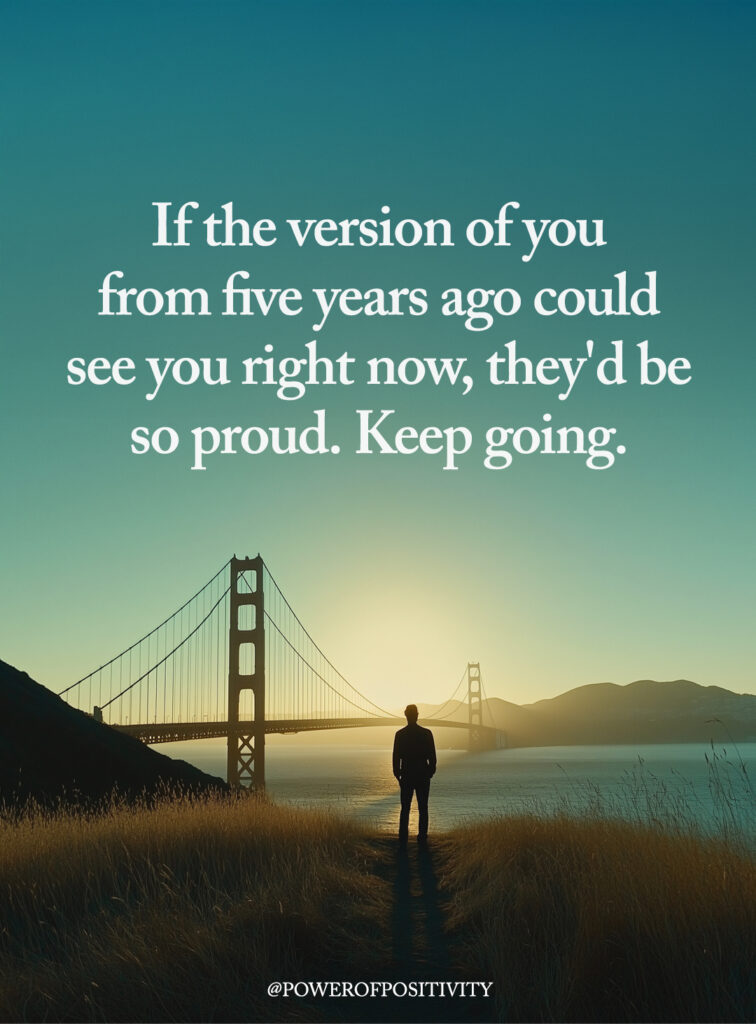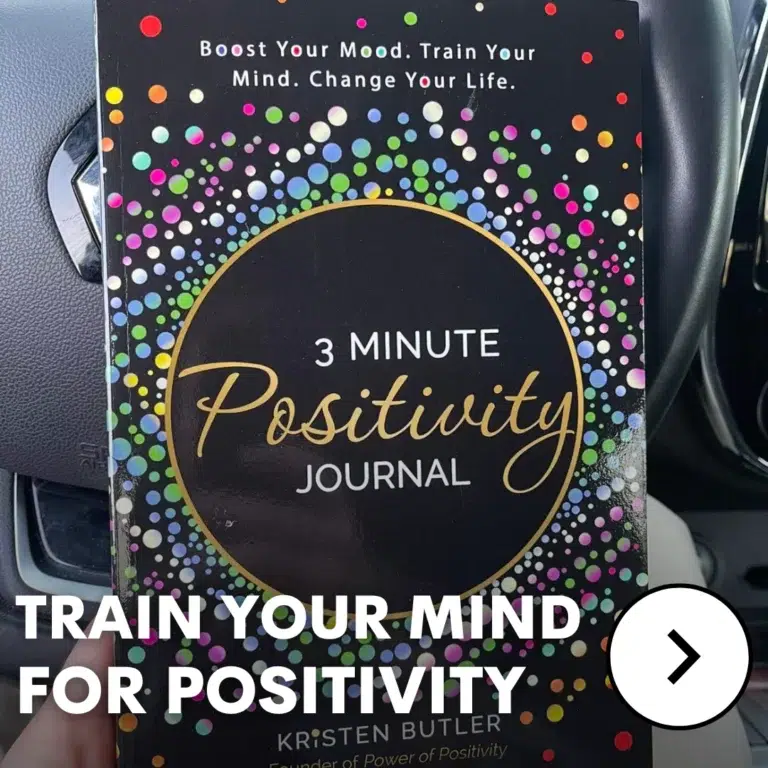Every April, social media lights up with blue ribbons, hashtags, and posts about autism. It’s a month filled with campaigns, fundraisers, and well-meaning slogans—but for many autistic people, life doesn’t look much different once the month ends. The truth is, awareness in autism has already done its job. Most people know what autism is. What’s missing now is what comes next—acceptance.
Awareness recognizes that autism exists. Acceptance, though, is what changes how we treat and include autistic people in everyday life. It’s the step that moves us from simply knowing to truly understanding, from seeing differences to supporting them.
When families, schools, and workplaces shift from awareness to acceptance, real inclusion begins to happen. It’s no longer about campaigns or colors—it’s about kindness, patience, and respect. Once we see why awareness alone isn’t enough, we can start learning what acceptance really looks like in action.
Awareness Was a Starting Point — Not the Finish Line
Years ago, awareness in autism was the big goal. Families, teachers, and advocates worked hard to spread the word about what autism really means. The goal was simple — help people understand that autism isn’t caused by bad parenting or poor behavior, but is a natural difference in how the brain works. Those early awareness efforts did make a difference. They improved diagnosis, created better support systems, and helped more people recognize autism in their communities.
Still, awareness only got us so far. It taught people that autism exists, but not how to include or respect autistic people. Too often, awareness campaigns focused on what needed to be “fixed,” not what needed to be understood. This made autism seem like a problem instead of a normal part of human diversity.
When autistic advocates began speaking up, the message changed. They called for acceptance — not pity or sympathy, but genuine respect. That shift isn’t about replacing awareness. It’s about building something stronger on top of it — understanding, equality, and action.
What Acceptance Really Means
Acceptance means seeing autistic people as they are — not as someone needs them to be. It’s the belief that autism isn’t something to erase but a part of who a person is. True acceptance happens when people stop trying to make autistic individuals “fit in” and start shaping environments where everyone belongs.
Acceptance looks like inclusion in classrooms, jobs that value different ways of thinking, and communities that celebrate rather than correct differences. It’s also about fairness — giving autistic people equal opportunities to succeed, communicate, and participate in daily life.
There’s a big difference between tolerance and acceptance. Tolerance says, “You can stay.” Acceptance says, “You belong.” That shift changes how people feel — from being seen as a challenge to being valued as part of the group.
More than changing attitudes, acceptance means changing systems. From sensory-friendly schools to clear communication at work, every change makes life more inclusive. Acceptance becomes powerful only when it moves from talk to real action.
Why Awareness Alone Can Harm
Some awareness campaigns mean well but miss the mark. They focus on the difficulties of autism — the struggles, the challenges, the “what’s wrong” — and forget to show the strengths. When that’s all people hear, it reinforces stereotypes instead of breaking them.
Awareness in autism should never make autistic people feel like they’re being studied or pitied. Yet too often, awareness still treats them as outsiders — people to talk about, not with. This can leave many autistic adults and children feeling visible but not valued.
Constant awareness without acceptance can be exhausting. It reminds people they’re different but doesn’t make them feel included. Real progress starts when awareness turns into understanding and everyday compassion.
That’s why the autism community continues to call for a deeper movement — one built on dignity, equality, and inclusion, not labels or charity. Because when we accept, we don’t just see difference — we respect it.
The Power of Acceptance in Everyday Life
Awareness might recognize a difference, but acceptance respects it. The real change happens in daily life — the quiet, everyday moments where acceptance shows up.
1. In Families
Acceptance starts at home. Parents who see their child’s needs as differences, not defects, create a safe space for growth. Letting routines stay flexible for sensory needs or celebrating small wins, like trying a new food or finishing a task, builds confidence and self-esteem.
2. In Schools
Acceptance means more than putting autistic students in classrooms — it’s about understanding how they learn best. Teachers who use visuals, noise control, and flexible routines help students thrive. It also means teaching classmates kindness and respect for different communication styles.
3. In Workplaces
Employers who value neurodiversity make small but meaningful changes — quiet spaces, flexible hours, or clear instructions. These steps lead to happier teams and stronger results.
When acceptance leads, autistic people don’t just adapt — they shine. Environments that welcome difference turn potential into progress, and everyone benefits. When we build on awareness in autism and act with understanding, inclusion becomes a habit, not a headline.
Awareness Was a Starting Point — Not the Finish Line
Years ago, awareness in autism was the main focus. Families, doctors, and schools worked hard to teach the public what autism really means. People needed to understand that it wasn’t caused by bad parenting or poor discipline — it’s a natural difference in how the brain works. Those awareness efforts made a big impact. They improved early diagnosis, brought more services, and helped society talk about autism more openly.
Still, awareness can only take us so far. It tells us that autism exists but not how to support people who live with it. Too often, it painted autism as something to fix instead of a part of human diversity. This misunderstanding left many autistic people feeling misunderstood or left out.
When autistic advocates began leading the conversation, the focus changed. They pushed for acceptance — a shift from fixing to understanding. The goal isn’t to erase awareness; it’s to build something stronger on top of it: real inclusion, respect, and equality.
What Acceptance Really Means
Acceptance means letting autistic people be themselves — fully and freely. It’s not about “curing” or changing them but about appreciating who they are. When society focuses on acceptance, it creates a space where everyone feels like they belong, not just tolerated.
Acceptance shows up when schools adapt lessons for different learning styles, when workplaces offer quiet zones, and when families celebrate progress without comparison. It’s the idea that support should fit the person, not the other way around.
There’s an important difference between tolerance and acceptance. Tolerance says, “We’ll make room for you.” Acceptance says, “You’re already part of us.” That one small difference changes everything — how people are treated, how they feel, and how they grow.
True acceptance also means changing systems, not just attitudes. From clearer communication tools to sensory-friendly spaces, every small change makes a big difference. When talk turns into action, awareness in autism becomes more than knowledge — it becomes understanding.
Why Awareness Alone Can Harm
Awareness is helpful, but if it stops there, it can do harm without meaning to. Many campaigns highlight only the hard parts — the struggles, meltdowns, and challenges — without showing the strengths, creativity, and intelligence of autistic people.
When autism is described only through difficulty, it makes people feel sorry instead of supportive. This kind of awareness can make autistic individuals feel like they’re being looked at instead of listened to. It separates them from others, creating a wall between “us” and “them.”
Constant reminders of difference without real inclusion can wear anyone down. It makes people visible but not valued — known, but not understood.
That’s why so many autistic adults and advocates say awareness in autism isn’t enough anymore. The next step is acceptance — where people are seen as whole, capable, and worthy. Awareness might open eyes, but acceptance opens hearts and changes lives.

The Power of Acceptance in Everyday Life
Awareness might recognize a difference, but acceptance respects it. Real inclusion happens in daily life — in homes, classrooms, and workplaces where people choose understanding over judgment.
1. In Families
Acceptance starts at home. When parents treat autism as part of their child’s identity, not something to fix, it builds confidence. Routines that support sensory needs, celebrating progress at any pace, and focusing on strengths instead of limits help kids feel safe and loved.
2. In Schools
Acceptance in schools means teaching with flexibility. Teachers who use visuals, reduce noise, or give extra time make learning easier for everyone. When classmates are taught to be kind and curious, not critical, autistic students feel respected and supported.
3. In Workplaces
Acceptance at work means creating jobs that fit people, not forcing people to fit jobs. Employers can offer flexible schedules, quiet areas, and clear communication. These small adjustments lead to better teamwork and higher creativity.
When acceptance leads the way, autistic people don’t just fit in — they belong. Awareness in autism laid the foundation, but acceptance builds the future.
How Autistic Voices Redefined the Conversation
Autistic people have always been part of the conversation — but for a long time, they weren’t the ones leading it. That changed when autistic advocates began speaking for themselves. They reminded the world that nothing about autism should be decided without including those who live it every day.
Groups like the Autistic Self Advocacy Network (ASAN) helped start this shift. Their motto, “Nothing About Us Without Us,” made people listen. Blogs, podcasts, and social media created platforms where autistic voices could share real stories — not filtered through others, but in their own words.
These voices changed how society sees autism. Instead of focusing on what’s “missing,” they showed what’s meaningful — honesty, focus, passion, and new ways of thinking. They reframed autism as an identity, not an illness.
Through their leadership, awareness in autism became less about charity and more about equality. They proved acceptance begins with listening — not talking over.
What Society Gains When Acceptance Leads
When society moves from awareness to acceptance, everyone benefits. Communities become more compassionate, workplaces grow more inclusive, and schools turn into safer, happier places for learning.
Acceptance builds understanding — and understanding reduces fear. When people stop seeing autism as strange and start seeing it as human diversity, empathy grows.
The effects reach far beyond autism. Accessible spaces, flexible learning, and open communication make life better for everyone — parents, teachers, employers, and friends.
Research also shows that acceptance improves mental health. When people feel understood, anxiety drops and confidence rises. Inclusion helps both individuals and society thrive.
Acceptance changes how we define success. It values cooperation over competition, patience over pressure. It celebrates each person’s way of learning, thinking, and connecting.
Awareness in autism started the conversation. Acceptance keeps it going — turning knowledge into kindness, and kindness into action that truly lasts.
Building an Acceptance-Focused Future
The future of autism advocacy isn’t about choosing between awareness and acceptance — it’s about combining both in smarter ways. Awareness starts the conversation; acceptance keeps it moving forward. Building that future takes work, but it’s possible.
1. Education Reform
Teach children about autism early — not as a condition to fear but as part of natural human variety. Train teachers to use sensory tools, visual aids, and flexible teaching to meet different needs.
2. Policy and Accessibility
Stronger policies can open doors. Governments can expand job programs, ensure fair healthcare, and support independent living for autistic adults.
3. Media Representation
Media should show the full picture — not just struggles or “genius” stereotypes. Real stories with real people help shift perceptions.
4. Community Support
Communities can make small changes: quiet hours at stores, sensory-friendly events, and support networks for families. These efforts build understanding.
5. Listening Culture
The future of acceptance depends on listening to autistic people. Their voices guide what real inclusion looks like.
Each of these steps turns awareness in autism into something stronger — a movement built on respect, access, and shared humanity.
Acceptance in Action: Stories That Inspire
Acceptance becomes powerful when you can see it in action. Across the world, many people and groups are showing what it really looks like:
- A local café hires neurodiverse teams and discovers new ideas that improve their service.
- A school hosts Autism Acceptance Week, where students learn empathy and teamwork through hands-on projects.
- A parent writes about how embracing their child’s routines helped bring peace and connection back into their home.
These stories prove that acceptance isn’t about doing big things — it’s about doing small things that matter. Real change happens when people treat difference with respect instead of discomfort.
Every story reminds us that awareness in autism started a spark — but acceptance keeps the light going. The more we see it in everyday life, the more it becomes part of who we are as a community.
Final Thoughts on Why Acceptance Matters More Than Awareness
Awareness opened the door — but acceptance invites everyone inside. Knowing about autism is a start; embracing autistic people as equals is what truly makes a difference.
Acceptance isn’t a goal to reach; it’s a daily habit built on empathy, patience, and respect. When we move past awareness and practice acceptance, we create a world where everyone has a place.
In the end, awareness in autism helped people see the differences. Acceptance teaches us to celebrate them. Because when awareness turns into acceptance, inclusion stops being a dream — it becomes our everyday reality.













